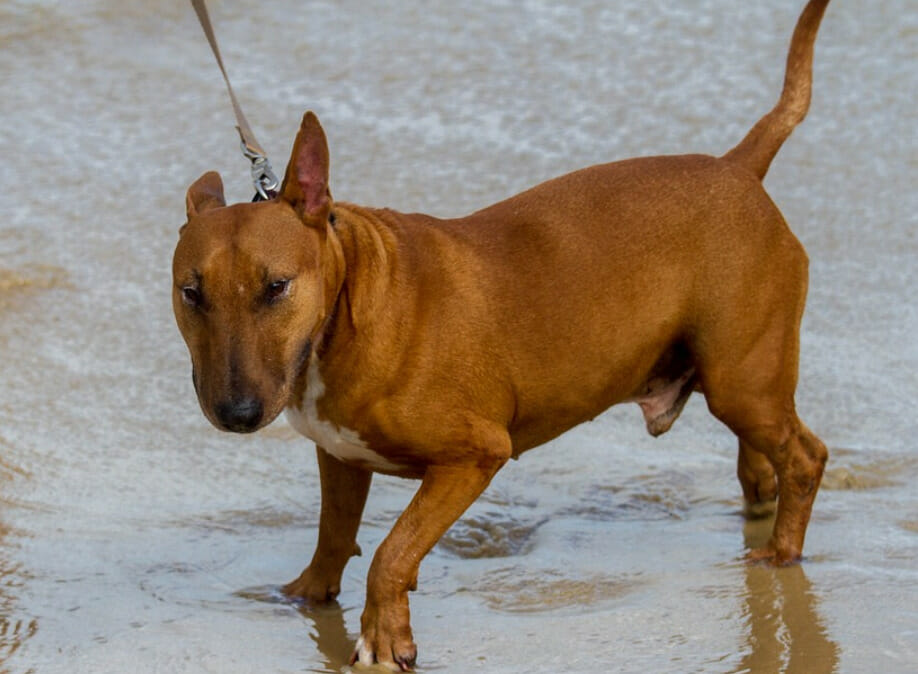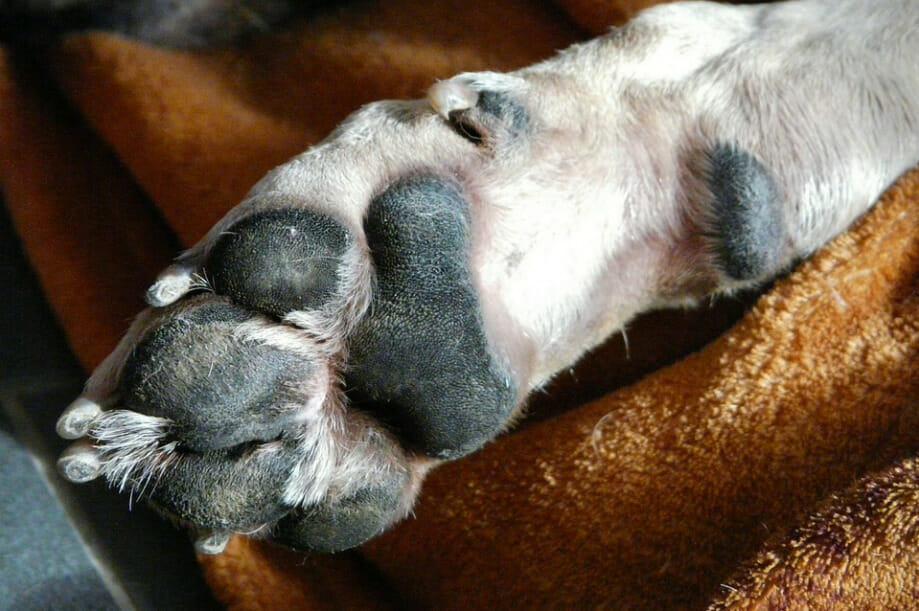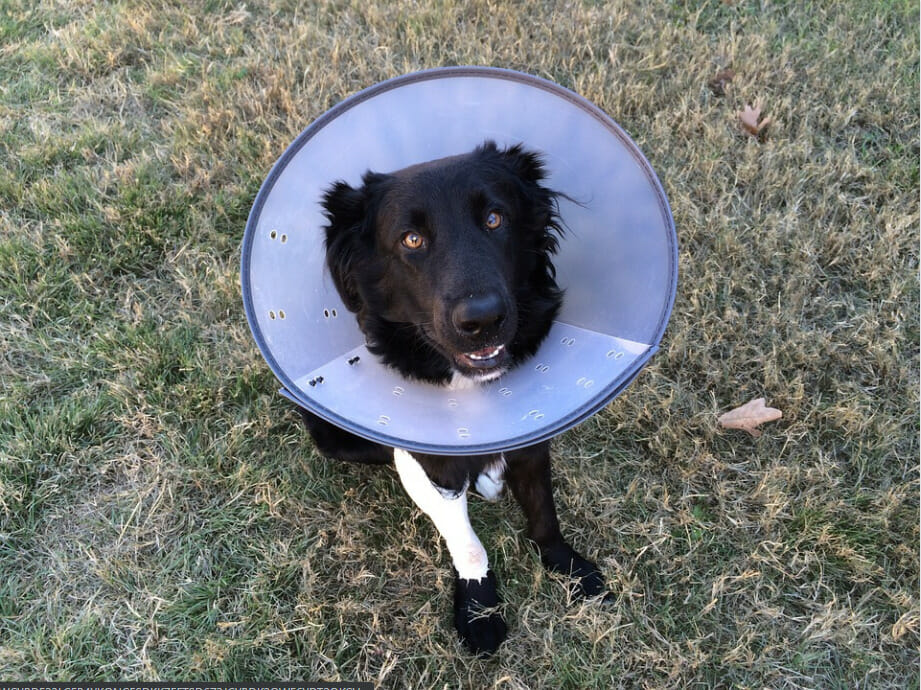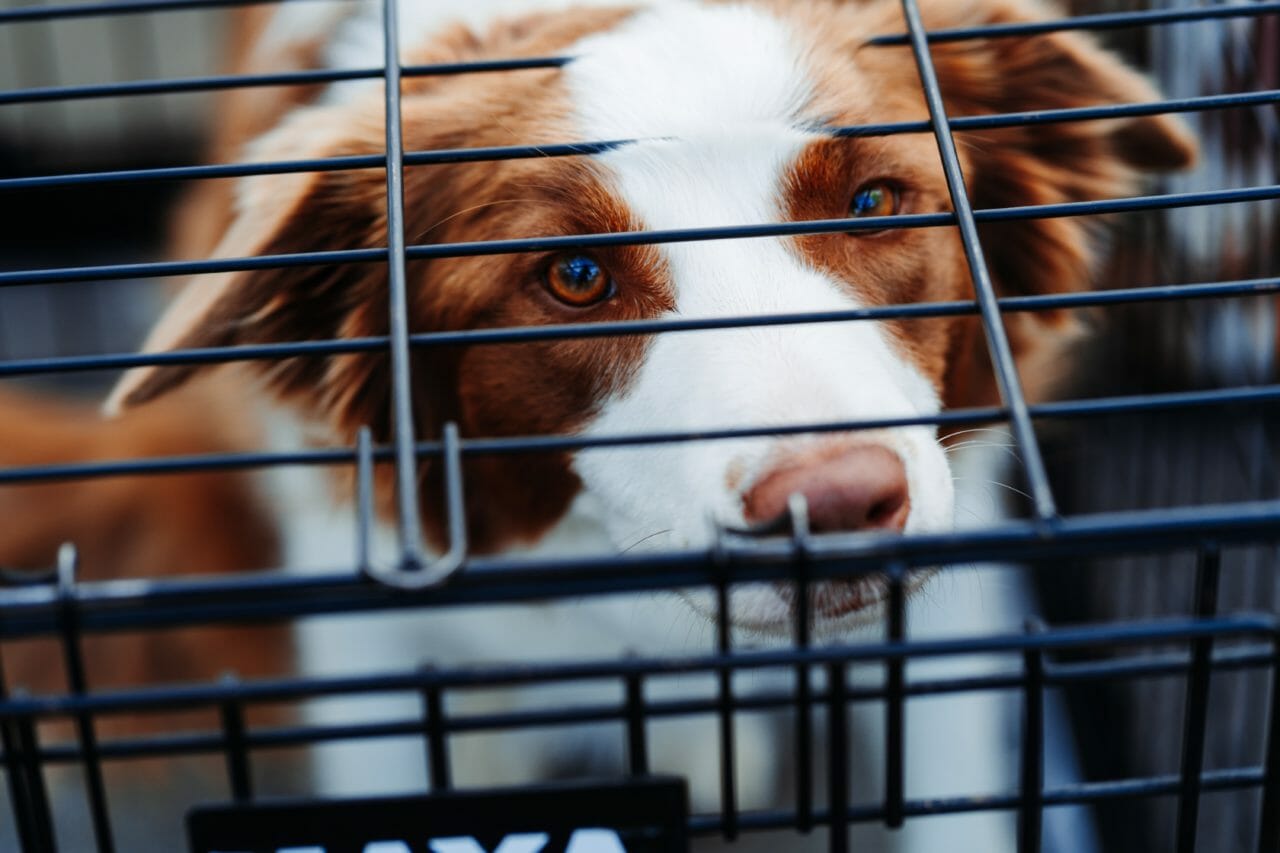If your pup has a toe issue, know what to expect
When you hear the word “amputation,” you might think of humans who have lost a limb in an accident. However, dogs can also need amputations.
One of the most common amputations for dogs is the toe. Although a dog toe amputation may sound barbaric, it can be lifesaving.
In this blog post, the experts from RehabPet.com discuss everything dog owners need to know about the process of a toe amputation and what to expect during and after the surgery.
We’ll also cover some of the risks and benefits of this type of surgery. So whether your dog is facing a toe amputation due to an injury or illness, read on for all the information you need to make an informed decision about your pet’s health!
What Is a Dog Toe Amputation?
Dog toe amputation is a surgical procedure that removes one or more toes from a dog’s paw. This procedure is typically performed when a dog has injured their toes — whether the toe was caught between objects or incurred some other type of trauma.
Knowing if your dog needs a toe amputation can be tricky. In some cases, the injury is so severe that it’s obvious your dog will need surgery. However, in other cases, your veterinarian may recommend amputation if your dog has an infection that has damaged the toe beyond repair.
If you’re unsure whether your dog’s toe needs further medical attention, it’s always best to be cautious and bring them in for a check-up.
Why Would My Dog Need a Toe Amputation?
There are several reasons your dog may need a toe amputation. As we mentioned above, physical trauma to your dog’s toes is one common reason. Other reasons include:
Infections
Dogs can also develop infections in their toes that, if left untreated, could cause permanent damage. Sometimes, the only way to save your dog’s toe (and paw) is to amputate it.
Cancer
Cancer causing tumors that form on your dog’s toes may need an amputation. If the tumor is caught early, surgery to remove the toe may be all that’s needed.
Knuckling
This is a condition when your dog’s toe drags along the ground because the tendons are not functioning correctly. This can be caused by a birth defect, an injury, or even arthritis. While splints and other treatments can help with knuckling, amputation may be the best option in some cases.
Cosmetic Reasons
In some cases, dog owners may choose to have their dog’s toe amputated for cosmetic reasons. This is typically only done in extreme cases where the toe is deformed, causing your dog pain or if they were born with an extra toe.
What Is the Amputation Process?
Your vet will start by performing a physical exam of your dog’s paw to see if amputation is the best course of treatment. Next, they will do some tests to ensure your dog is healthy enough for surgery.
These tests may include:
- Blood work
- X-rays
- Urinalysis
Once your vet has determined that your dog is healthy enough for surgery, they will create a surgical plan.
The surgery is typically performed under general anesthesia, which means your dog will be unconscious and unable to feel pain. The dog’s toe is then amputated using a scalpel or other type of blade.
In some cases, the entire toe may be removed because infection may spread to the rest of the toe. Other times, just a portion of the toe may be removed, especially if it just an injury and the vet has assessed there is minimal risk of the rest of the toe becoming an issue.
After the surgery, the veterinary staff will monitor the dog closely until he is fully awake and alert. Most dogs can leave and go home after a few hours. In rare cases, the vet will require the dog to stay overnight to be monitored.

What Is the Recovery Process Like After the Amputation?
Dogs typically recover quickly following a toe amputation.
Most dogs can walk normally within a few days of the surgery. The most important thing you can do is make sure they have a quiet place to rest and recover and that they don’t put any extra strain on their paw.
To help improve and speed up recovery, RehabPet.com recommends the following:
- Keep the amputation area clean and dry. This means changing their bandage regularly and checking for any signs of infection, such as redness, swelling, or discharge.
- Give your dog pain medication or antibiotics as prescribed by your veterinarian.
- Place an e-collar on your dog to prevent them from licking or biting at its paw.
- Exercise your dog as directed by your veterinarian. This will help improve circulation and prevent stiffness in their joints.
- Monitor your dog’s appetite and make sure they are eating and drinking regularly.
What Are the Risks and Benefits Associated With Toe Amputations?
As with any surgery, there are risks associated with toe amputations. These may include:
Infection
If the wound is not kept clean, your dog may develop an infection, which can necessitate additional surgery.
Bleeding
There is always a risk of bleeding with any surgery, but it only occurs if the dog licks or bites at its paw, which is why an e-collar is typically used.
Nerve damage
In some cases, the surgery may cause damage to the nerves in your dog’s paw. This typically only happens if a large portion of the toe is removed.
Loss of balance
If your dog has a toe amputated on its back paw, it may lose some of its balance. Most dogs can train themselves to compensate for this, but it may take some time.
While many of these issues seem problematic, the benefits of toe amputations
typically outweigh the risks. These may include:
Relief from pain
If your dog was experiencing pain in their toe due to an injury or deformity, the amputation will relieve them.
Improved mobility
If your dog has difficulty walking due to its toe, the amputation will improve its mobility.
Less risk of injury
If your dog has an extra toe that is constantly getting caught on things, it may be prone to injury. Amputating the toe can help prevent this from happening.
Final Thoughts
While no one wants their dog to go through surgery, sometimes it is the best course of treatment.
If your dog needs a toe amputation, you can best educate yourself on the procedure and what the recovery process looks like. This will help you be better prepared to care for your dog during recovery.
If you have any questions or concerns, be sure to speak with your veterinarian. Follow these tips during the recovery process, and your furry friend will be back to normal in no time.



